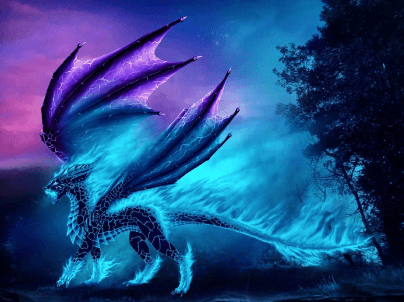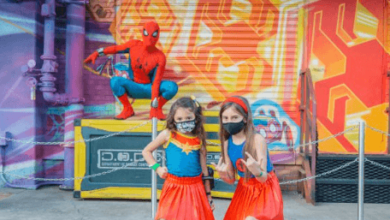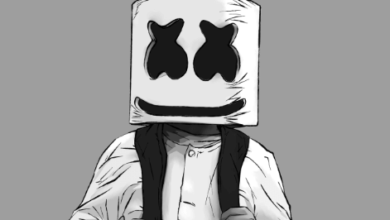
Dragons, with their multifaceted representations across cultures, serve as a compelling subject for analysis, blending beauty with complexity. These mythical beings not only captivate through their artistic portrayals but also embody profound cultural significance, mirroring humanity’s aspirations and fears. Examining their origins reveals intriguing nuances that challenge conventional perceptions. As we explore the diverse interpretations and symbolic meanings attributed to dragons, one must consider how these legendary creatures have shaped, and continue to influence, our understanding of mythology and art. What deeper insights might emerge from this exploration?
The Mythical Origins of Dragons
What ancient whispers of the wind first breathed life into the formidable figure of the dragon, a creature woven from the threads of fear and reverence in the tapestry of human mythology?
In dragon mythology, ancient texts reveal these legendary beasts as symbols of power and wisdom, embodying the duality of creation and destruction, forever captivating the human spirit with their enigmatic allure and soaring freedom.
See also: Avatar:Oz7ld4sys6a= Girl:Oz7ld4sys6a= Roblox
Artistic Representations and Interpretations
Throughout history, artists have drawn inspiration from the majestic dragon, infusing their creations with a kaleidoscope of interpretations that reflect the cultural, emotional, and symbolic significance of this legendary creature.
In contemporary fantasy art, modern interpretations reimagine dragons as symbols of power and grace, capturing their ethereal beauty and fierce spirit. This invites viewers to explore realms of imagination and possibility beyond the ordinary.
Cultural Significance and Symbolism
Dragons occupy a unique space in the tapestry of cultural narratives, embodying a rich array of meanings that vary dramatically across different societies.
In Eastern traditions, they are revered symbols of wisdom and protection, while in Western folklore, they often represent fearsome embodiments of chaos and destruction.
This cultural diversity in dragon folklore enriches our understanding, revealing how these majestic beings reflect humanity’s deepest fears and aspirations.
Conclusion
In the grand tapestry of mythology and art, dragons emerge as vibrant threads woven through the fabric of human experience.
Their dual nature, embodying both creation and destruction, serves as a mirror reflecting society’s deepest fears and aspirations.
As guardians of ancient wisdom or harbingers of chaos, these magnificent beings continue to ignite the imagination, reminding all that they are not merely creatures of legend, but symbols of the eternal dance between light and shadow.
The sky’s the limit when exploring their captivating essence.




